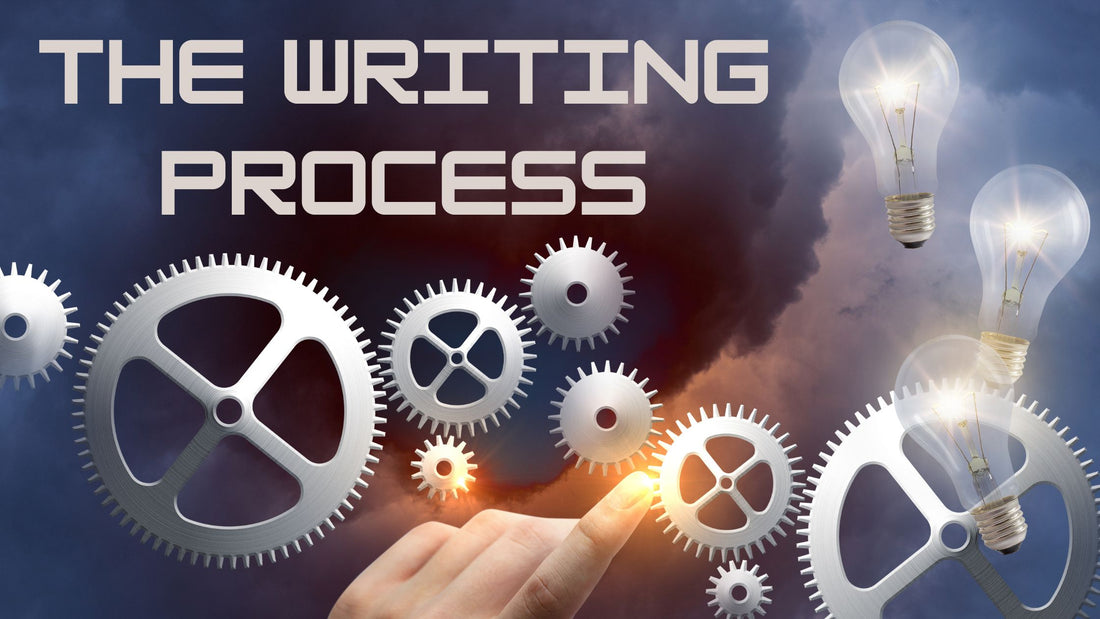
The Writing Process
As we all have experienced, writing is a process, and a long one--it has to be, if we plan to create written art that we are proud of. Here, we break down those steps!
1. Reading: This is how we get inspiration, evaluate what we do and don't want to emulate, and are exposed to new ideas, methods, genres, and styles.
2. Prewriting: Brainstorming, outlining, freewriting, list making, map making, drawing timelines, and dreaming up characters. This is all that messy stuff we do before we can actually put together a draft.
3. Drafting: Once we have our good ideas gathered, we can combine them to form a "sloppy copy," a first draft that is just for us. Often, we need to redraft and rewrite parts of this until we get this into shape to share with others--D.L. talks about this in his blog post "A Necessary Step."
4. Sharing/workshopping: This step happens when we have taken the story as far as we can on our own; we need to crowdsource some ideas. This can be sharing with a friend, a small group of trusted readers, or a writing mentor. Make sure to help them help you by explaining what you need the most help with. Two or three or five heads are better than one when it comes to problem solving and story refining.
5. Revising: Now we take that great feedback we got and apply it to the story. This takes experimentation; revision is a lot of trial and error. You may delete whole scenes, rewrite characters, insert or remove subplots, adjust the setting, add or change character motivation, etc. Think of this step as "big changes."
6. Editing: When your story is fully revised and you are happy with it, it's time to edit. This involves line editing and then copy editing.
Line editing is double checking the wording and the phrasing--the diction and the syntax (little changes).
Copy editing is looking for too much word repetition, standardizing style and spellings of names and places, and making sure the story's elements and chronology are consistent and clear (fixing).
So, line editing is still a creative undertaking; copy editing is not--it's more logistical.
7. Proofreading: Almost done! This step involves looking for typos and errors with grammar, spelling, punctuation, and formatting. It helps to do this several times, and get someone's help. Hire a professional if you need to! No editor will give your story or manuscript much attention if it's a mess to read. When you're all done, it's time to submit!
